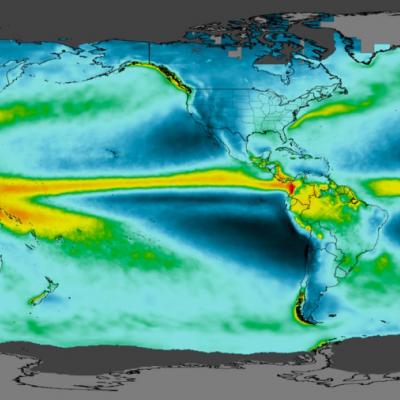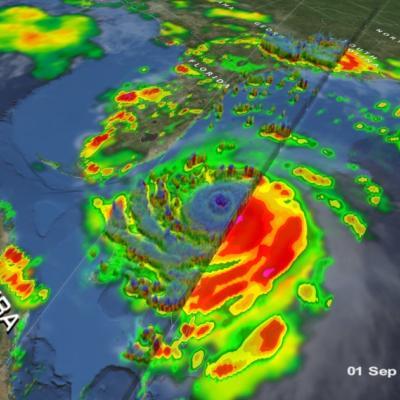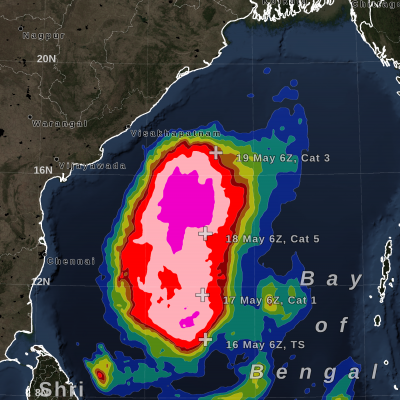How do the various forms of precipitation map into the IMERG "probabilityLiquidPrecipitation" data field?
IMERG provides a data field that estimates the probability that the retrieved precipitation amount is “liquid”, which is defined to include “mixed” (liquid and solid) precipitation. In retrospect the field name should have been “ice”, but “liquid” had already been set. The rational is that mixed precipitation is very rare and transient, so it should be lumped with either “liquid” or “ice”. Furthermore, the primary effects of “ice” are to 1) prevent the falling precipitation from immediately entering the hydrological system (until it melts), and 2) to create (potentially) d





